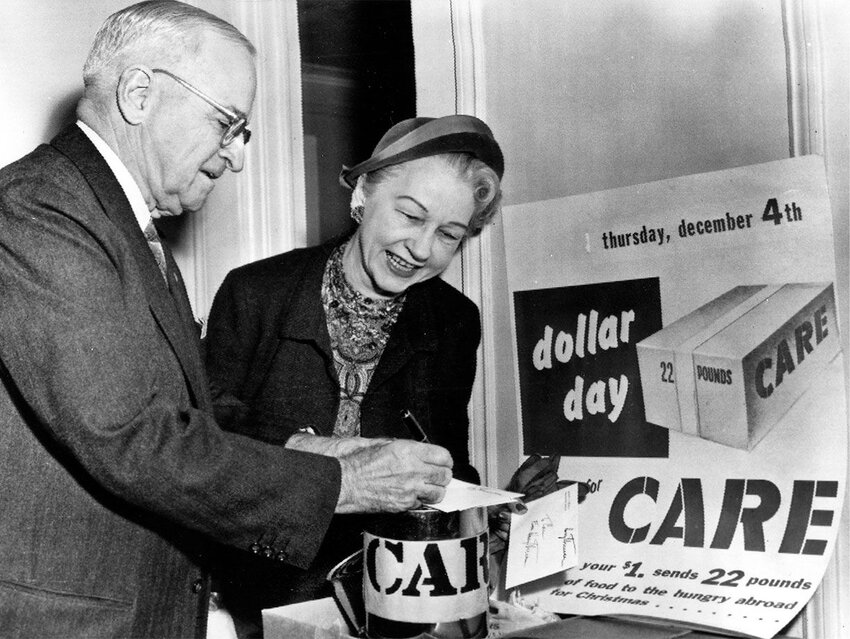As acronyms become more prevalent in the online lexicon (BRB, LOL, OMG, WFH), they’ve also begun to shape the way we speak and the development of colloquialisms and slang. At its most basic, an acronym is a word formed from the letters of the words it represents, generally the first letter of each word, but sometimes syllables or other parts of the word.
Some acronyms have become so commonplace that they are no longer thought of as acronyms, but are more commonly used as words in and of themselves. These acronyms grew out of World War II and the mid-20th century generation.
UFO
“UFO” stands for “Unidentified Flying Object,” and first emerged in 1953 amid the era's space craze. The interest in potential alien visitors began a few years earlier, when, in the summer of 1947, a private pilot named Kenneth Arnold described seeing nine objects flying in close formation at a supernatural speed in Washington state. He described them as “flat like a pie and somewhat bat-shaped,” and that they “flew like a saucer would if you skipped across water.” From there, journalists began referring to them as flying saucers, which eventually became “UFO.”
CARE (Package)
Lucky summer campers and college students might receive a care package from mom when they are away from home for the first time. Colloquially, this is “a parcel of food, money, or luxury items sent to a loved one who is away.” However, the acronym comes from a program known as the Cooperative for American Remittances to Europe. The first CARE package arrived in Le Havre, France, in May 1946, beginning a wave of responses to millions in need of food and other supplies at the end of WWII. The CARE packages usually contained staples such as butter, dried milk, canned meat, and even chocolate or chewing gum.
RADAR
While the term started out as an acronym, “radar” is a technology used for many things, defined as “a system for detecting the presence, direction, distance and speed of aircraft, ships and other objects, by sending out pulses of high-frequency electromagnetic waves that are reflected off the object back to the source.” The acronym stands for “RAdio Detection And Ranging.” While the technology was developed over years by many scientists, Scottish physicist Robert Watson-Watt discovered its use for detecting enemy aircraft during WWII. While it’s still used in these sorts of military and detection contexts, it can be used more casually and metaphorically — “Hey, I want to put this project on your radar.”
SWAK
“SWAK” is still defined as an acronym in the dictionary, meaning “sealed with a kiss.” During the war, soldiers and their sweethearts might write SWAK on the back of an envelope, perhaps even with a lipstick imprint. But as the war continued, soldiers and civilians came up with even more acronyms to express their love. Some were romantic (“OOLAAKOEW” meant “Oceans Of Love And A Kiss On Every Wave”), and some were more risqué (“CHINA” meant “Come Home, I’m Naked Already”). Consider taking some inspiration from the mid-century generation the next time you’re texting your beau.
Featured image credit: Hulton Archive via Getty Images

